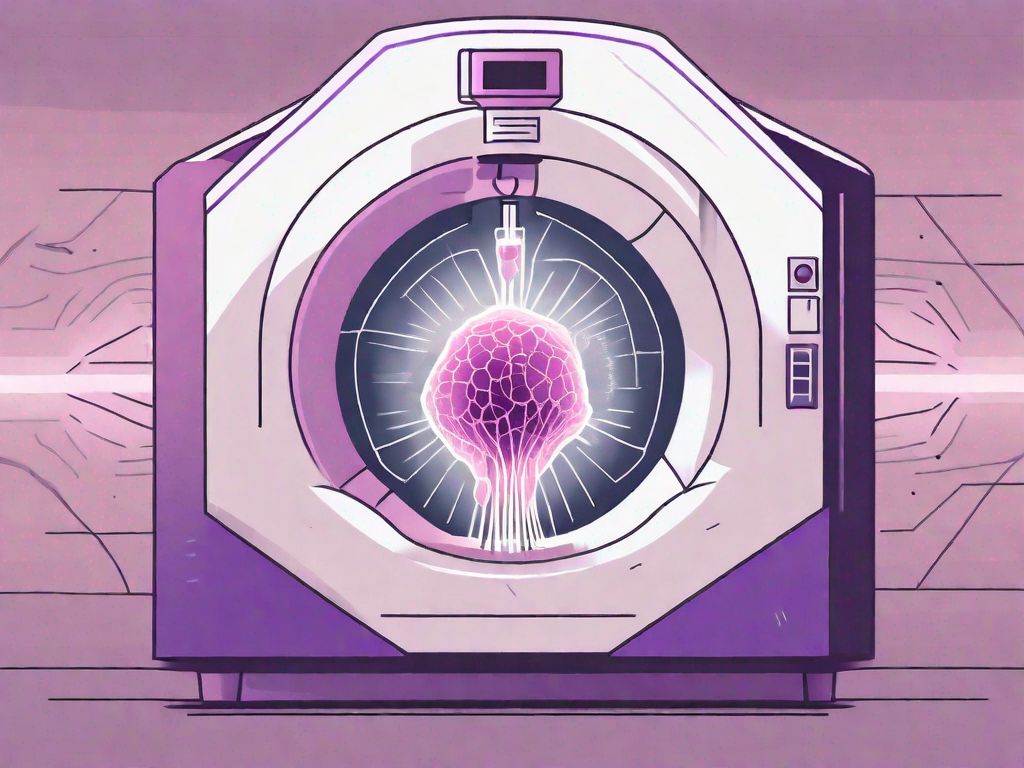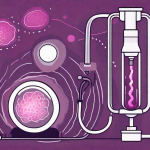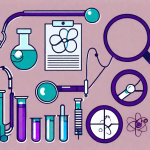Discover the groundbreaking role of low-dose computed tomography (LDCT) scans in cancer detection in this insightful article. LDCT, using lower radiation doses than traditional CT scans, is revolutionizing early tumor identification, particularly in lung cancer. This non-invasive, highly detailed imaging technique enhances the chances of successful treatment by detecting even the smallest abnormalities. The article navigates through the procedure, benefits, and potential risks of LDCT scans, emphasizing their significance for high-risk groups like heavy smokers. Learn how this advanced technology is shaping the future of cancer screening, offering new hope and strategies in the fight against this formidable disease. This piece is a must-read for anyone interested in the latest innovations in medical technology and cancer prevention.
Medical advancements in cancer detection have provided new hope for early diagnosis and treatment. Among these innovations, low-dose computed tomography (LDCT) scans have emerged as a game changer in the fight against cancer. LDCT scans offer a non-invasive and highly sensitive method for identifying tumors in their earliest stages. In this article, we will explore the benefits, risks, and eligibility criteria for LDCT screening, shedding light on how this procedure is revolutionizing cancer detection. Let’s dive in and explore the world of low-dose CT scanning.
Low-Dose Computed Tomography: An Overview
Computed tomography, commonly known as CT scanning, uses X-ray technology to create detailed cross-sectional images of the body. LDCT scans, as the name suggests, utilize a lower dose of radiation compared to conventional CT scans. This reduced radiation makes LDCT scans a safer option for regular screening, minimizing the potential risks associated with higher radiation doses.
LDCT scans utilize advanced imaging technology to produce highly detailed images of the body. These images allow for the detection of even the smallest abnormalities and can help identify cancerous growths in their early stages. The ability to detect tumors at an early stage significantly improves the chances of successful treatment and recovery.
LDCT in Lung Cancer Screening: A Game Changer
Lung cancer is one of the leading causes of cancer-related deaths across the globe. However, LDCT scans have emerged as a game changer in the early detection of lung cancer. Studies have shown that LDCT screening reduces mortality rates by detecting lung cancer at an early stage when it is more treatable. With the help of LDCT scans, physicians can detect small lung nodules and recommend appropriate interventions, potentially saving lives.
Early detection not only improves survival rates but also offers an opportunity for less invasive treatment options. By identifying lung cancer in its initial stages, patients may be eligible for minimally invasive surgical procedures or targeted therapies that can effectively eradicate the cancer while minimizing the impact on their overall health and well-being.
Understanding the Procedure: What to Expect During an LDCT Scan
If you are scheduled to undergo an LDCT scan, it is natural to have questions and concerns about the procedure. The following paragraphs will provide you with valuable insights into what you can expect during an LDCT scan.
Before the scan, a radiology technician will explain the process and answer any questions you may have. You will be asked to lie down on a table that will slowly slide into the CT scanner. The scanner itself is a large, circular machine, which may seem intimidating at first. However, rest assured that you will be in the hands of experienced professionals who will ensure your comfort and safety throughout the procedure.
During the scan, you will be asked to remain as still as possible. The scanner will emit low-dose X-rays that will pass through your body, capturing detailed images of your internal organs. The process is painless and generally takes only a few minutes. Once the scan is complete, you will be able to resume your normal activities without any restrictions.
Interpreting Results: Deciphering What LDCT Scans Reveal
After your LDCT scan, a radiologist will carefully analyze the images to assess for any abnormalities or signs of cancer. The radiologist will look for the presence of lung nodules or other suspicious areas that may require further evaluation or intervention.
If any abnormalities are detected, the radiologist may recommend additional diagnostic tests or a consultation with a specialist. It is important to remember that the presence of an abnormality does not necessarily indicate cancer. Further evaluation is necessary to confirm the diagnosis and develop an appropriate treatment plan.
It is natural to experience anxiety while waiting for the results of your LDCT scan. However, it is crucial to remember that early detection and intervention significantly improve outcomes. Regular follow-up with your healthcare team will ensure proper monitoring and timely intervention if needed.
Benefits vs. Risks: The Debate Over LDCT Screening
As with any medical procedure, it is essential to weigh the benefits against the potential risks. LDCT screening offers numerous advantages, including the early detection of cancer, which can lead to improved outcomes and increased treatment options. However, it is important to acknowledge that LDCT scans do involve minimal exposure to radiation.
The radiation dose from LDCT scans is considered low and generally safe. However, individuals with a higher risk of cancer, such as heavy smokers or those with a family history of lung cancer, may benefit the most from LDCT screening. It is important to discuss your individual risk factors and concerns with your healthcare provider to determine if LDCT screening is appropriate for you.
Eligibility for LDCT Screening: Who Should Consider It?
LDCT screening is recommended for individuals who meet specific eligibility criteria. The United States Preventive Services Task Force (USPSTF) recommends LDCT screening for adults aged 55 to 80 years who are current or former smokers with a significant smoking history. Other organizations may have slightly different recommendations, so it is important to consult with your healthcare provider to determine your eligibility.
It is important to note that LDCT screening is not recommended for individuals who have never smoked or have quit smoking for more than 15 years, as the benefits in these populations may not outweigh the potential risks.
Future Perspectives: LDCT and Evolving Cancer Screening Protocols
The field of cancer detection and screening is constantly evolving, and LDCT scans hold tremendous promise for the future. Ongoing research aims to refine and improve the accuracy of LDCT screening, allowing for even earlier detection of cancerous growths.
In addition to lung cancer, LDCT scans are being explored for the screening of other types of cancer, such as colorectal and pancreatic cancer. With further advancements and research, LDCT scans may become an integral tool in the early detection and prevention of various types of cancer, providing patients with increased chances of successful treatment and improved overall outcomes.
While LDCT scans are a remarkable advancement in cancer detection, it is important to remember that they are not foolproof. Regular screenings, open communication with your healthcare team, and adopting a healthy lifestyle are crucial components of maintaining optimal health and reducing your risk of cancer.
By embracing innovative technologies such as low-dose CT scans, we can continue to make strides in the battle against cancer. These scans provide hope, allowing us to see through the haze and identify cancer in its infancy, giving patients a fighting chance for a brighter and healthier future.






